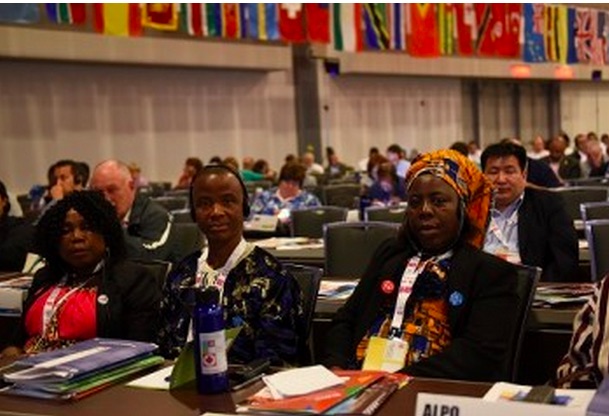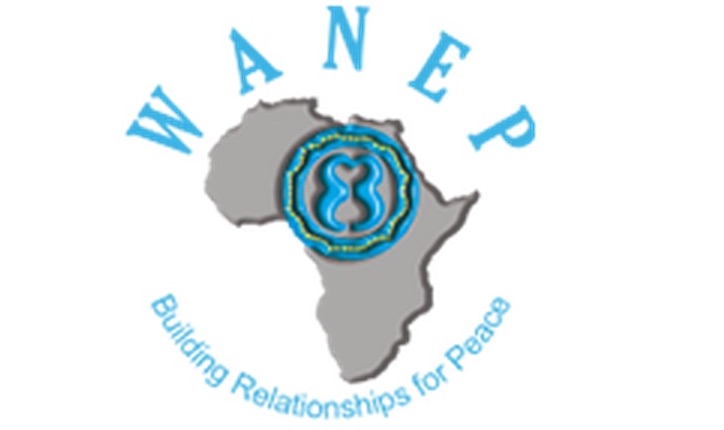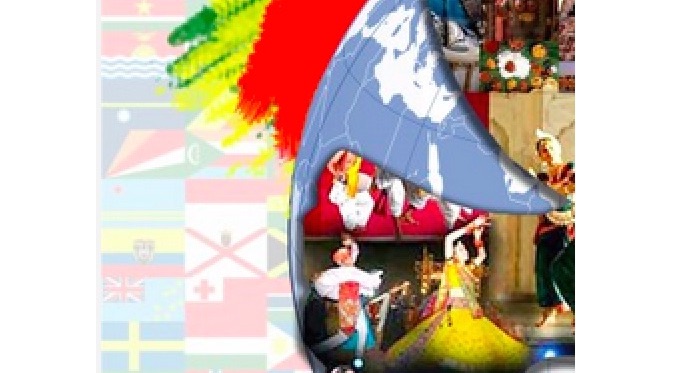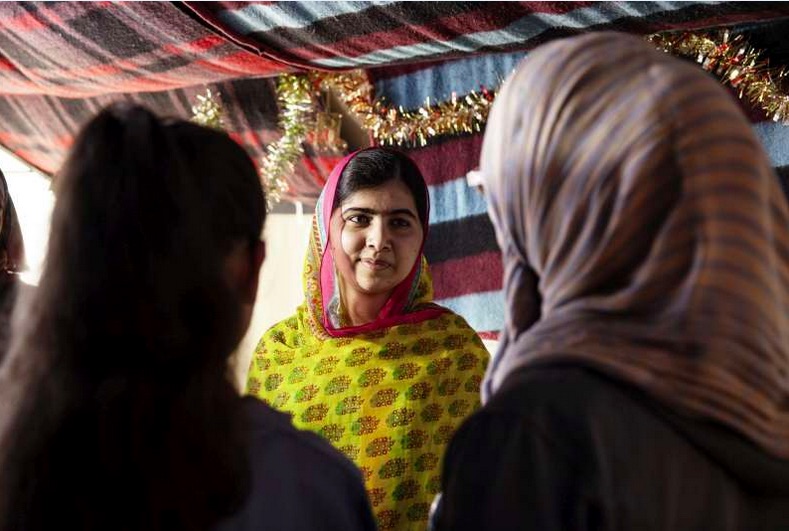EDUCATION FOR PEACE .
An article from Escribiendo Cine
Organised by the Nueva Mirada Association, under the slogan “Buentrato: For a culture of peace”, the Festival, unique in its subject in the country, has been declared to be of interest fr Cultural and National Education by the Chamber of Deputies, the Senate of the Nation, the Legislature of the Autonomous City of Buenos Aires, the Ministry of Culture and the Ministry of National Education.
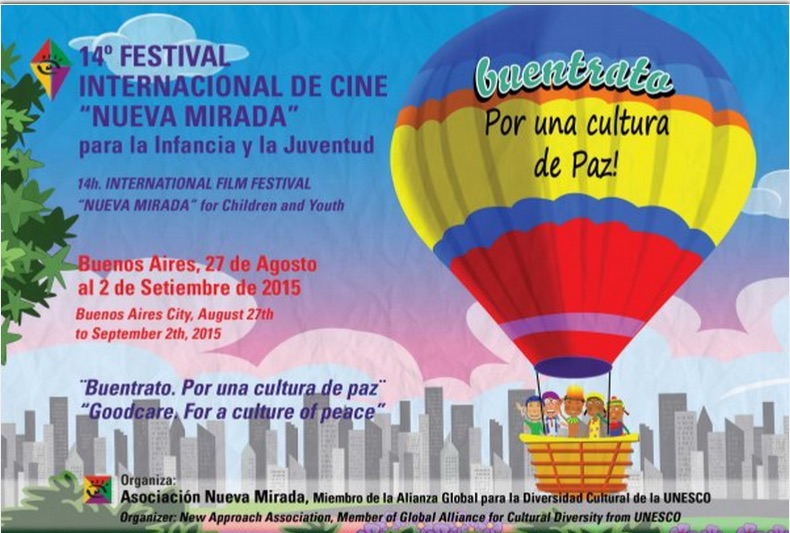
The festival will officially open on Thursday August 27 in Room INCAA Km.0 at 14 pm with the screening of the animated feature Shaun, the lamb. The film is based on the television series of the same name and was written and directed by Richard Starzak and Mark Burton.
As in past festivals, Nueva Mirada present high quality films that have been made by recognized professionals, but that have not been distributed in the commercial film and television circuits. Films will be shown from several countries, including Germany, Italy, Brazil, Sweden, Denmark, Spain, Cuba, UK, Netherlands, Switzerland, Iran and Mexico. In addition, the Festival will feature prominent guests, such as Jan-Willem Bult from the Netherlands, who will participate as an Official in the Jury and who will conduct the Television Production Workshop with children. The short films in this workshop will be exhibited at the close of the Festival and will be disseminated through the Internet and other circuits.
The “Panoramic” section (fiction) of the Official Competition for Feature Films will include: Life According to Nino, by Simone van Dusseldorp; Shana, the Swiss Nino by Jacusso; Lola, the German by Thomas Heinemann; The bike of my father and I, by Fayaz Mousavi; Teaching how to live, by Giuseppe Piccioni; and beautiful horizon by Stefan Jäger.
Among the films confirmed to compete in the animation section are: Pim and Pom, the great adventure, by Gioia Smid; The legend of the mummies of Guanajuato, by Alberto Rodriguez; Pinky finger, by Ernesto Pradón; Worms, by Paolo Conti;, and Beyond the beyond, by Esben Toft Jacobsen. Various other animated short films and fiction, selected for the viewer’s age ,will also be shown.
In addition, a Retrospective Tribute will take place for Juan Pablo Zaramella, one of Argentina’s most creative independent filmmakers of animation. His films have won the Silver Condor Best Short Film three times, while all his short films have won awards worldwide. In 2010, the International Animation Festival of Annecy presented a retrospective of his work. His latest short film, Luminaris, was shortlisted for an Oscar category of Best Animated Short Films, and he has already received over 300 international awards, including the Audience Award and the FIPRESCI International Critics Prize at Annecy in 2011.
The venues of the Festival New Look, confirmed so far are Space INCAA Km 0 -Gaumont- Rivadavia Av 1635, Leonardo Favio (Library of Congress), Alsina 1835..; Bicentennial National House, Riobamba 985; Bernasconi Institute, Catullus Castillo 2750; Julian Centeya Cultural Center, San Juan 3255; Casa de la Cultura Villa 21, 3500 Iriarte Av.; Cultural Space Carlos Gardel, Olleros 3640.
(The article is continued on the right side of the page)
Film festivals that Promote a culture of peace, Do you know of others?
(Article continued from the left side of the page)
Among the parallel activities, on 28 and 29 August: the International Seminar “critical eye. Audiovisual, Transmediality and Education in the XXI century “in the headquarters of the OEI (Organization of Ibero-American States), Jorge Cavodeassi Falgari Auditorium, located in Paraguay 1583, 2nd floor, with leading domestic and foreign experts. Also in this space, the transmedia game “Kitchen Project” on Monday September 1, with the participation of entertainers, musicians, filmmakers, video game producers, and renowned specialists and representatives of TV channels of Latin America. Admission is free, as in all activities of Nueva Mirada, with registration at: Info@nuevamirada.com
